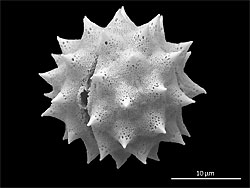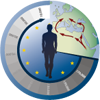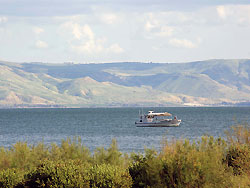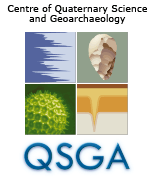The southern Levant experienced strong environmental changes since the last glacial period. Enormous lake-level high stands characterized the landscape about 25,000 years ago. However, we do not know how the vegetation looked like. Did increased rainfalls lead to a spread of Mediterranean woodland as hypothesized before?
An international team with members of the B3 project of the CRC 806 dedicated themselves to this question. By looking at fossil pollen from a sediment core of the Sea of Galilee/northern Israel, evidence for the paleovegetation was found. Herbaceous plants such as grasses, wormwood, and chenopods were common, but trees and shrubs were only patchily distributed.
These new results allow unique insights into the paleoenvironment of the southern Levant – an area that has an outstanding archaeological record. Furthermore, these outcomes disprove previous hypotheses about the Levantine paleovegetation.
Interested in more details? Then please have a look at the publication:
A. Miebach, C. Chen, M. J. Schwab, M. Stein and T. Litt
Vegetation and climate during the Last Glacial high stand (ca. 28–22 ka BP) of the Sea of Galilee, northern Israel.
Quaternary Science Reviews 156, 2017, 47–56.
 SEM image of a fossil pollen grain (Asteraceae). SEM image of a fossil pollen grain (Asteraceae).Photo: Andrea Miebach |



















